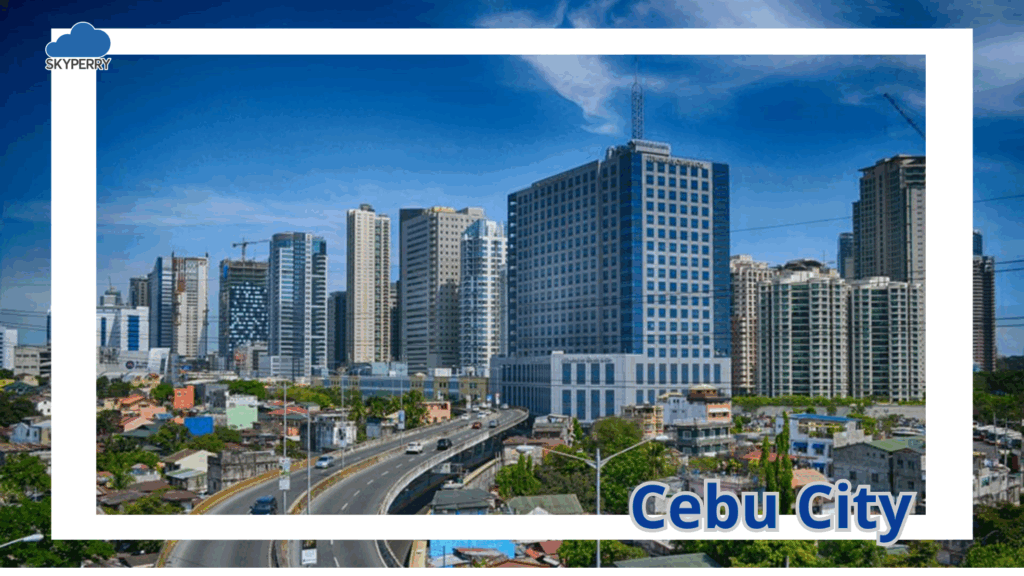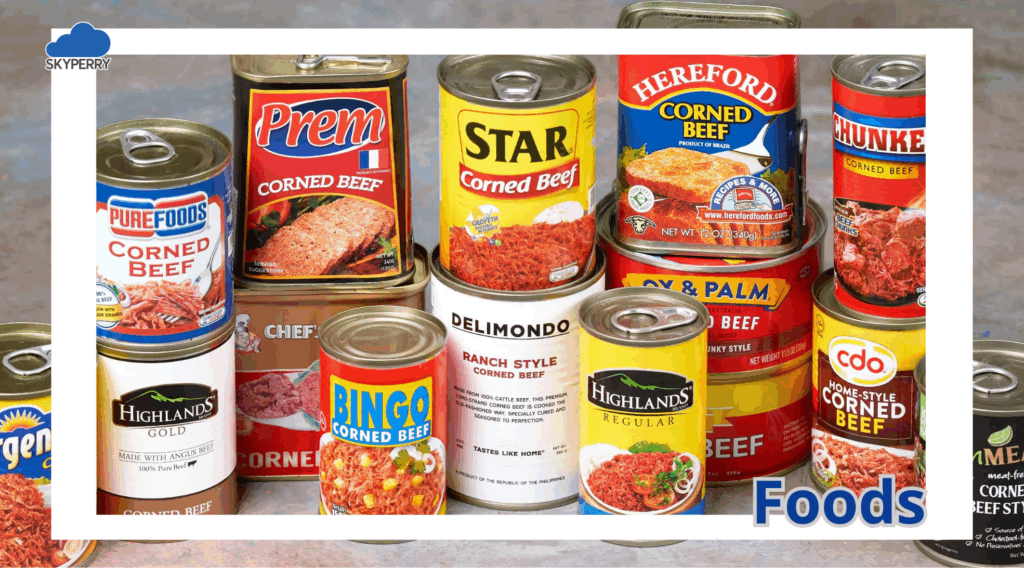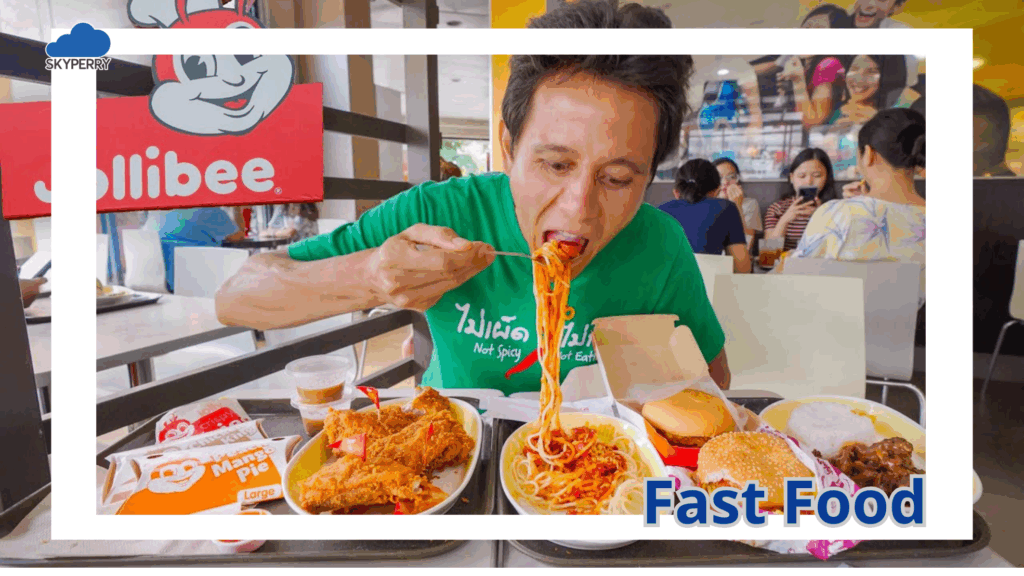The Philippines boasts a vibrant consumer economy, an outward-looking culture, and a significant demand for imported goods, presenting substantial opportunities for Vietnamese products. However, due to limited cultural exchanges through media, arts, or cinema, Vietnamese businesses may still lack a clear understanding of the dynamic, young consumer base in the Philippines.
This article paints a vivid picture of these consumers, highlighting their lifestyles, trends, and purchasing habits to help Vietnamese businesses tap into this promising market.
Urban Living in Major Cities like Metro Manila
The young, dynamic, and affluent consumer group primarily resides in bustling urban hubs within Metro Manila, such as Makati, Quezon City, Taguig/BGC, or Cebu City. The Philippines has a high urbanization rate, with many young people living independently in compact apartments or micro-condos. Influenced by Western culture, Filipinos are accustomed to and enthusiastic about using modern household appliances that make family life convenient, efficient, and time-saving.
This combination of urban living and cultural preferences drives significant demand for compact, modern, and convenient household appliances tailored to small living spaces. Products like rice cookers, mini stovetops, robot vacuums, compact washing machines, humidifiers, or air purifiers are highly sought after. Additionally, the constraints of small living spaces and limited time for cooking make convenience products particularly popular among young Filipinos. These include ready-to-eat meals, instant beverages, single-use skincare products, and on-the-go personal care items. Increasingly, this demographic prioritizes health-conscious choices and high-quality ingredients.

Mobility: Walking, Buses, and Ride-Hailing Apps
The Philippines’ transportation infrastructure remains underdeveloped, with heavy traffic congestion limiting mobility in urban areas. As a result, young Filipinos rarely own personal vehicles and rely on ride-hailing apps like Grab, public buses, or walking to commute to work. In the hot and humid climate, this creates a strong demand for convenient, refreshing beverages like canned fruit juices, instant teas, canned coffee, or bottled coconut water. According to Nielsen PH (2023), 63% of young consumers drink at least 1-2 bottled beverages daily, often purchased from convenience stores on their way to work.
The reliance on public transport or walking further reinforces the need for portable, easy-to-consume products that fit their on-the-go lifestyles.

Preference for Packaged Foods
Young Filipinos heavily favor packaged foods, which dominate their grocery shopping lists. Fresh produce like vegetables accounts for a smaller portion of their diets. They prefer convenient packaged foods that retain a fresh taste. Google Trends data shows a sharp rise in searches for “healthy snacks,” “low-sugar drinks,” and “organic skincare” over the past two years. Notably, 52% of young Filipino consumers are willing to pay a premium for low-sugar, low-fat, or naturally sourced products (Nielsen SEA, 2023). This presents a golden opportunity for Vietnamese businesses to introduce “healthy convenience” products like filter coffee sachets, detox teas, dried mango slices, unsalted roasted cashews, or natural skincare in compact packaging.

The growing popularity of low-sugar teas, low-calorie fruit juices, roasted cashews, and naturally dried mangoes reflects a shift toward health-conscious consumption, opening doors for Vietnamese brands to promote natural, high-quality food products.
Influence of Western and Korean Culinary Trends

Shaped by a history of Portuguese and American colonization, Filipino food culture is deeply influenced by the West. Young Filipinos frequently consume Western staples like potato chips, crackers, peanut butter, pasta, and canned meats. In recent decades, Korean cuisine has also gained significant traction, with items like kimchi, rice bowls, kimbap, seaweed snacks, and grilled meats becoming favorites. Healthier options like cashews and dried mangoes are also trending as nutritious snacks.
Vietnamese food products, known for their quality and affordability, can capitalize on these trends by offering items tailored to Western or Korean culinary styles. By strategically positioning these products, Vietnamese businesses can penetrate the market efficiently without extensive consumer education efforts.
Strong Family Ties and Responsibility
Similar to previous generations, young Filipinos maintain strong family bonds. Despite living independently, they often financially support their parents and regularly organize family gatherings, especially during holidays. Christmas is the biggest shopping season, with many starting to purchase gifts as early as October. Small but meaningful gifts, such as imported snacks (cookies, dried mangoes, or premium nuts), are highly valued for their sentimental appeal (ShopBack SEA Study, 2023).
Heavy Social Media Engagement
According to DataReportal’s “Digital 2024” report, Filipinos spend an average of 4 hours and 6 minutes daily on social media—the highest in Southeast Asia. Platforms like Facebook, TikTok, Instagram, and YouTube dominate their online activity. Limited mobility encourages young Filipinos to shop online, with the Philippines ranking second in the region for Shopee purchase frequency, and 70% of online shoppers belonging to the 18-34 age group (iPrice 2024).
Purchasing decisions are often inspired by social media: a product featured in a TikToker’s video, reviewed by a popular vlogger, or shared by friends can spark interest. Approximately 81% of Gen Z Filipinos have purchased products recommended by influencers (Kantar Philippines, 2023). Marketing campaigns leveraging local micro-influencers or Key Opinion Consumers (KOCs) with authentic, humorous, and culturally relevant content can create significant impact.
Conclusion
The young, urban Filipino consumer represents a dynamic and promising market for Vietnamese products. Their preference for convenience, health-conscious choices, and openness to global culinary trends, combined with strong digital engagement and family-oriented values, offers Vietnamese businesses a unique opportunity to capture this growing market. By aligning products with these consumer behaviors and leveraging targeted digital strategies, Vietnamese brands can successfully establish a foothold in the Philippines.



